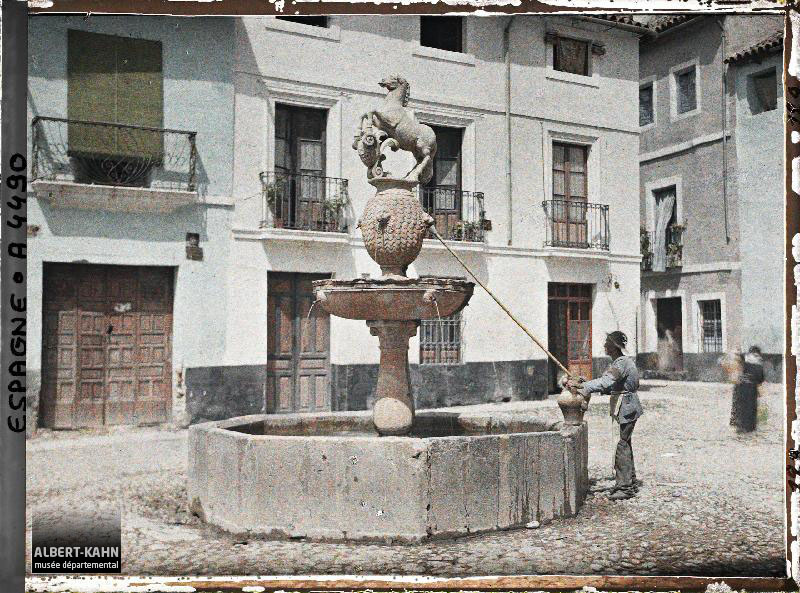I know that the philosopher’s stone is only a myth built on human greed, but, nonetheless, for centuries it was said and believed that this legendary alchemical substance would turn any given metal, such as lead, into gold. It was also believed to be an elixir that would grant eternal life and youth. For many centuries it was also the most ambitioned end to most alchemists. The philosopher’s stone symbolizes perfection to its purest form, the spiritual enlightenment and divine happiness. Those efforts to discover the philosopher’s stone were known as Opus magnum (“Great work”)
Read more: What if the Philosopher’s Stone was under the floors of the Mezquita?
Albert Kahn (1860- 1940), besides a banker of Jewish background, was a philanthropist and a cultural promoter. In 1898, at the age of 38, he decided to start “The Archives of the Planet”, a universal project thought to be a dream that he made it come true. He spent a big part of his fortune filming and documenting the World. He paid for the latest and best equipment so the professionals traveling the Planet could record its landscapes, its monuments and its people. Within this photographic and cinematographic atlas of the World, there are 76 pictures of Córdoba taken in 1914.

Legal Notice | Privacy Policy | Cookie Policy | Terms of Sale | Site map
Hotel 2** City | Registration No. H/CO/00731
© 2025 hotel viento 10
All rights reserved



